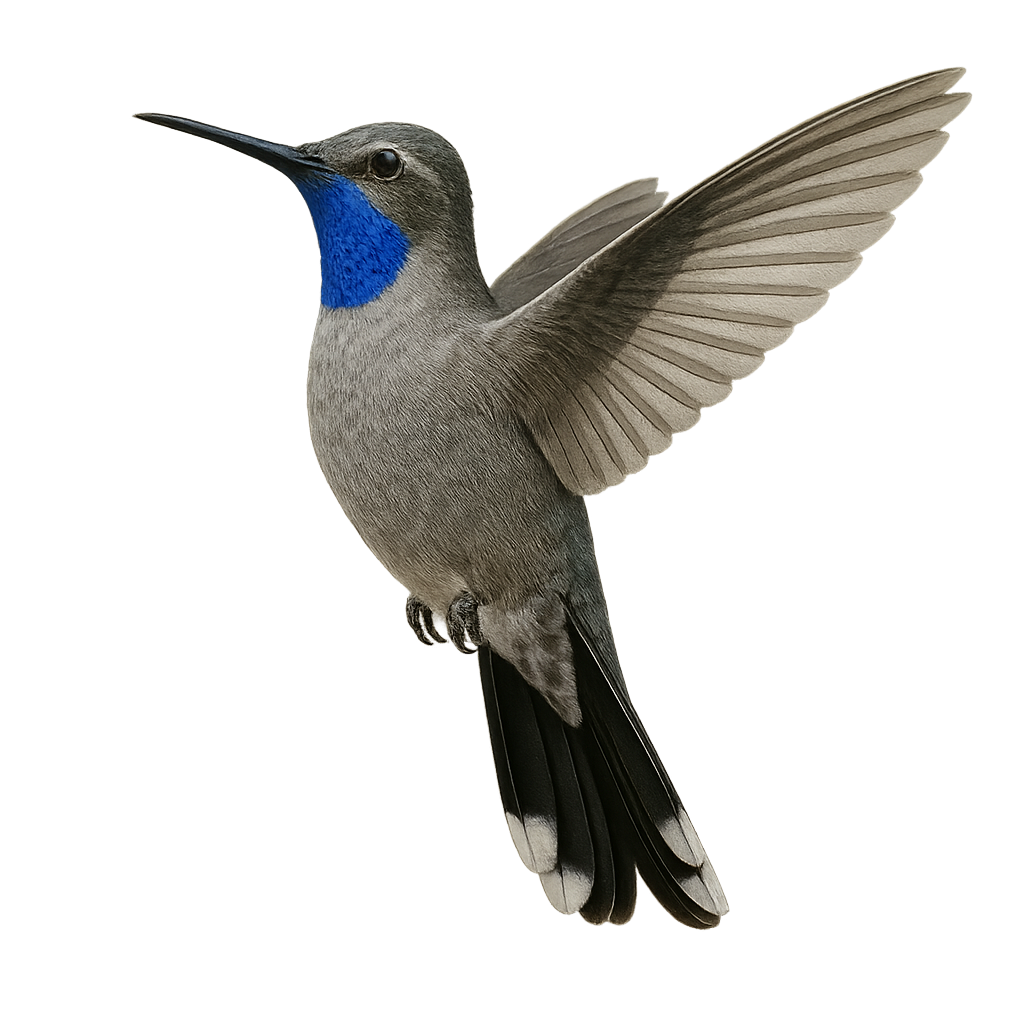Your wildlife photography guide.
Explore the blue-throated mountain-gem in detail, study its behavior, prepare your shots.
Where to observe and photograph the blue-throated mountain-gem in the wild
Learn where and when to spot the blue-throated mountain-gem in the wild, how to identify the species based on distinctive features, and what natural environments it inhabits. The WildlifePhotographer app offers tailored photography tips that reflect the blue-throated mountain-gem’s behavior, helping you capture better wildlife images. Explore the full species profile for key information including description, habitat, active periods, and approach techniques.
Blue-throated Mountain-gem
Scientific name: Lampornis clemenciae

IUCN Status: Least Concern
Family: TROCHILIDAE
Group: Birds
Sensitivity to human approach: Suspicious
Minimum approach distance: 5 m
Courtship display: April to May
Incubation: 15-17 jours
Hatchings: April to June
Habitat:
Pine forests, oak forests, mountainous areas
Activity period :
Primarily active during the day, with peak activity in the morning and late afternoon.
Identification and description:
The Blue-throated Mountain-gem, or Lampornis clemenciae, is a captivating bird from the Trochilidae family. This medium-sized hummingbird is notable for its striking blue throat in males, while females have a duller throat. Its plumage is primarily green with metallic sheens, and it has a straight, slender bill adapted for nectar collection. It is mainly found in pine and oak forests, as well as mountainous areas of the southwestern United States and Mexico. Known for its rapid and agile flight, it often produces a distinctive humming sound. This hummingbird plays a crucial role in flower pollination, contributing to the biodiversity of its natural habitat.
Recommended lens:
400 mm – adjust based on distance, desired framing (portrait or habitat), and approach conditions.
Photography tips:
To photograph the Blue-throated Mountain-gem, it is advisable to use a 400mm lens or longer to capture precise details without disturbing the bird. Look for areas where flowers are abundant, as these hummingbirds are often attracted to nectar sources. Be patient and wait for the bird to approach to feed. Use a tripod to stabilize your camera and adjust the shutter speed to freeze the rapid movement of its wings.
The WildlifePhotographer App is coming soon!
Be the first to explore the best nature spots, track rutting seasons, log your observations, and observe more wildlife.
Already 1 439 wildlife lovers subscribed worldwide

